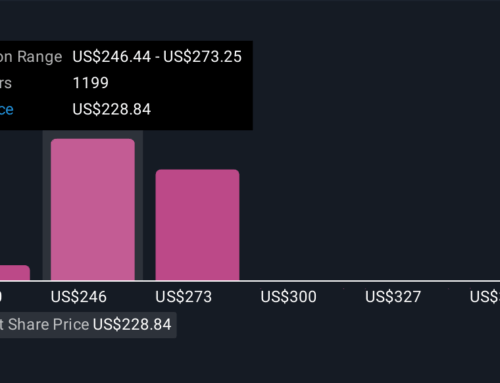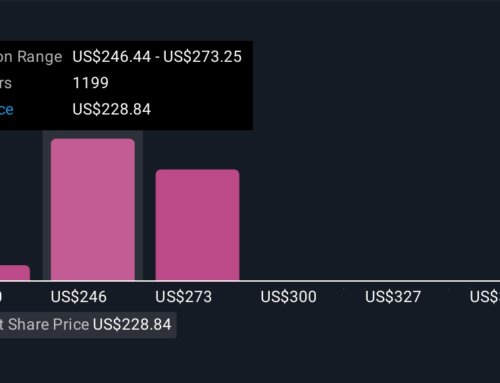The first-ever common language for cannabis and hemp aromas
November 17, 2025

Researchers have taken a significant step toward creating a standardized language for describing the aromas of cannabis and hemp.
“Aroma plays a key role in how consumers judge cannabis quality, yet until now there’s been no standardized language to describe it,” said Tom Shellhammer, professor of food science and technology at Oregon State University. “This research lays the groundwork for a shared vocabulary that benefits consumers, retailers and growers.”
The study, published in PLOS One, also has public health implications. Shellhammer noted that aroma-based quality assessment offers an alternative to relying solely on the potency of THC, the compound responsible for cannabis’s psychoactive effects.
While high THC levels are often perceived as a marker of quality, research shows they can contribute to negative health outcomes, including impaired driving, cannabinoid hyperemesis (severe nausea and vomiting) and acute psychosis.
Shellhammer, known for his research on hops and beer flavor, compared the cannabis industry’s focus on THC to judging beer or wine solely by alcohol content. He pointed out that after Prohibition, wines were often fortified with extra alcohol, and early IPAs featured higher alcohol levels. As those industries matured, aroma and ingredient origin became central to quality assessment.
How the study was conducted
Cannabis and hemp are both classified as Cannabis sativa L., a single species in the Cannabaceae family. In the U.S., the distinction is based on THC concentration: hemp contains 0.3% or less THC, while anything above that must be sold in state-regulated cannabis markets.
For the study, a panel of 24 individuals (ages 21–70, median age 32; 14 females, 10 males) evaluated aroma profiles. Most had prior experience with sensory analysis of food and beverages. They were asked about their familiarity with cannabis and hemp, and were fairly equally split between slightly, moderately and extremely familiar.
The panel analyzed the hemp samples at Oregon State and, to ensure legal and state-compliant handling, the cannabis sample evaluation was carried out in space owned by a local cannabis dispensary. The panelists only examined aroma of the plant material, not aroma from smoked cannabis or hemp.

Researchers developed a descriptive aroma lexicon of 25 terms, building on earlier work published in 2023 by a team including Jeremy Plumb and Adie Rae, a neurobiologist who is also a co-author of the paper with Shellhammer. The terms originated from data collected in Portland’s Cultivation Classic cannabis competitions from 2018 to 2020.
Key findings on aroma profiles
In the new study, researchers found hemp and cannabis exhibited overlapping sensory profiles, though cannabis was more frequently described as skunky, musty and animalic (savory), whereas hemp had higher frequencies of citrus, fruity and candy-like aromas.
Additionally, four distinct aroma profiles emerged from the research:
- Fruit, berry, candy.
- Citrus and chemical.
- Cheesy and vomit/fecal.
- Funky, earthy, musty, straw, fuel, black tea, woody and nutty/toasted.
The first three were predominately associated with hemp samples and the fourth was mostly related to cannabis. The scientists believe the profiles will evolve with more research.
The researchers also studied terpenes and volatile sulfur compounds in hemp and cannabis and found neither strongly predicted sensory perception. This is important, the researchers note, because in the hemp and cannabis industry, specific aromas are often mistakenly associated with specific terpenes.
“As the cannabis industry transitions from unregulated to legal frameworks, it’s critical to offer consumers tools for assessing product quality beyond terpenes and THC,” Shellhammer said. “This work begins to lay the foundation for that.”
More information:
Solomon E. Isaacson et al, Beyond potency: A proposed lexicon for sensory differentiation of Cannabis sativa L. aroma, PLOS One (2025). DOI: 10.1371/journal.pone.0335125
Provided by
Oregon State University
Search
RECENT PRESS RELEASES
Related Post


